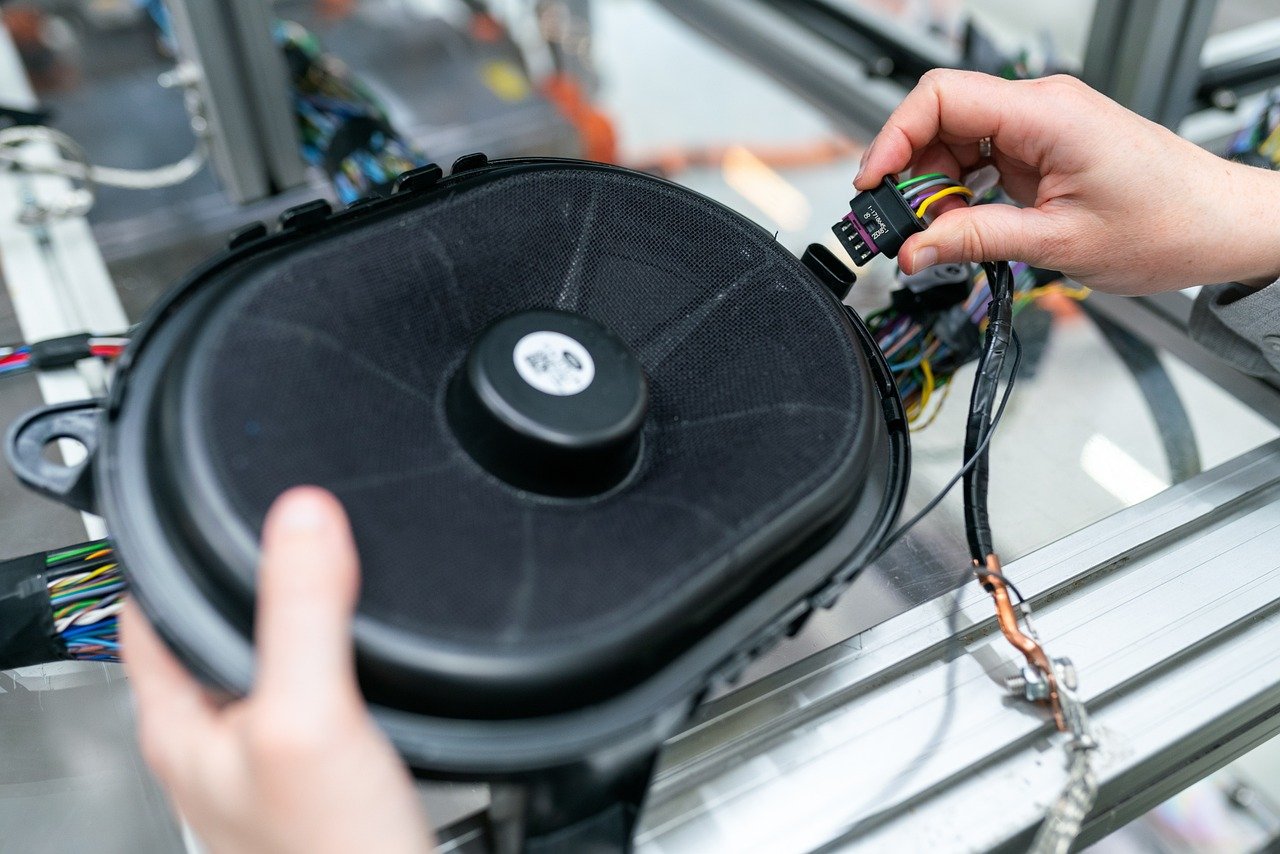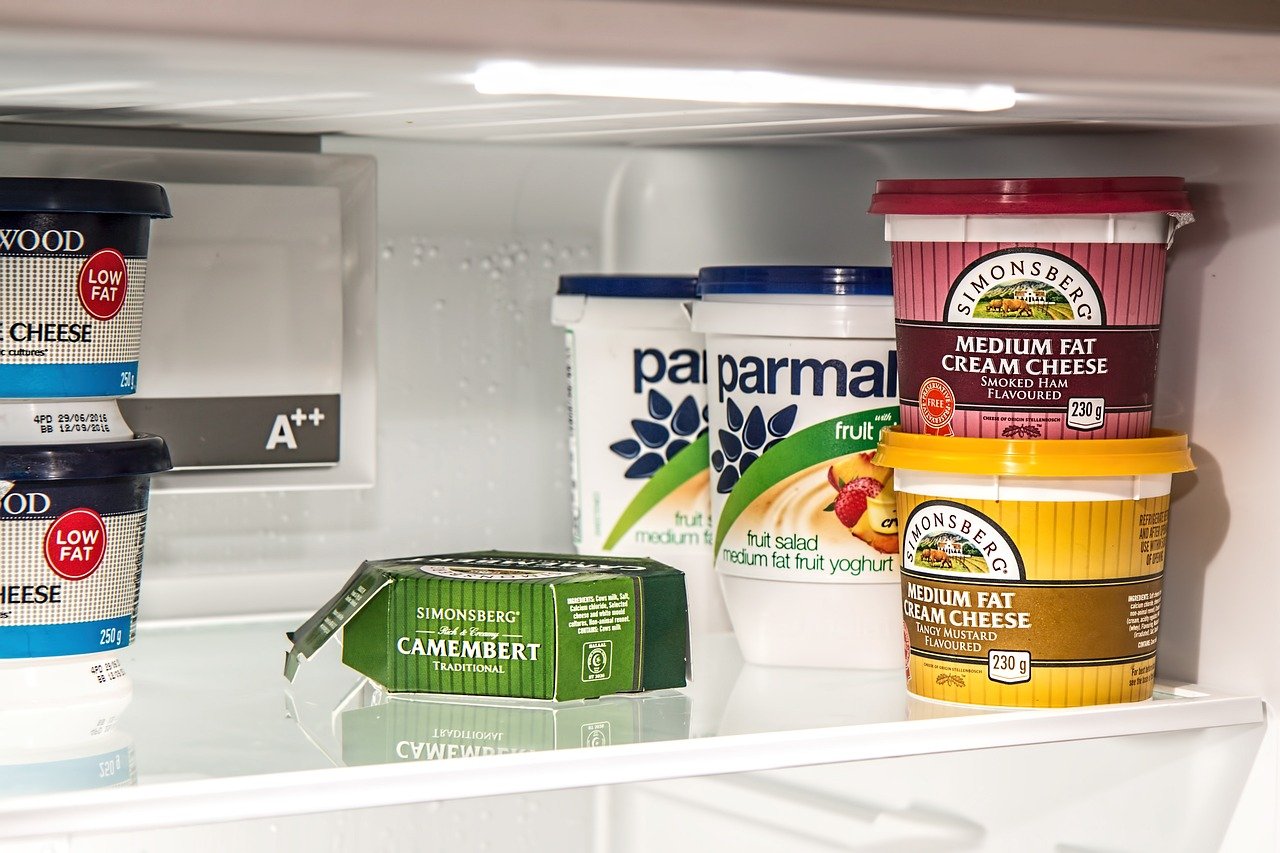In the world of electronics and electrical engineering, prekldača plays a crucial role in controlling and redirecting the flow of electrical currents. A prekl dača, commonly referred to as a switch in English, is a device used to connect, disconnect, or reroute electrical circuits. Whether in homes, industrial machines, or digital systems, prekl dača is fundamental to operational efficiency and safety.
This article explores the types, working principles, uses, and technological importance of prekldača, while also highlighting its role in modern automation and smart systems.
Also, explore Top 5 Gadgets Powered by Arcenturf You Should Try in 2025
What is a Prekl dača?
A prekl dača is an electrical component designed to control the flow of current within a circuit. It operates by opening or closing the circuit, allowing or stopping the flow of electricity. This simple yet essential function makes it indispensable in everything from light switches and home appliances to industrial automation systems.
The word prekl dača is often used in Central and Eastern European contexts, particularly in Slovak or Czech languages, but its technical application is universal.
Types of Prekl dača
There are several types of prekl dača, each suited for different applications:
- Mechanical Prekl dača: These are the most common and include toggle switches, push-button switches, and rotary switches. They require physical movement to change the state of the circuit.
- Electronic Prekl dača: These use semiconductors and are found in modern electronics. Examples include transistors, relays, and solid-state switches.
- Automatic Prekl dača: These are programmed or sensor-activated, used in smart homes, automated lighting, and timing systems.
- Transfer Prekl dača: Commonly used in power backup systems, these switches transfer load between power sources like the main grid and generators.
Each type of prekl dača serves a different electrical load control function, ensuring safety, flexibility, and automation.
How a Prekl dača Works
The basic principle of any prekldača involves two or more electrical contacts that can be either closed (current flows) or open (no current). In mechanical switches, the action is manual, while electronic switches use voltage signals or logic gates to change states.
For example, in a push-button prekl dača, pressing the button closes the contact, allowing current to flow and power a device. Releasing it opens the contact, stopping the current. In automated systems, a sensor signal can activate the prekl dača without any physical interaction.
Applications of Prekl dača
The applications of prekl dača are vast and span across numerous sectors:
- Residential: Used in lighting systems, appliance control, and smart home setups.
- Industrial: Found in machinery control panels, motor controllers, and automation lines.
- Automotive: Used in ignition systems, window controls, and dashboard functions.
- Electronics: Integral to circuit boards, computer systems, and consumer devices.
In modern technology, prekl dača is evolving to support remote control, IoT integration, and touchless operation, enhancing both usability and efficiency.
Benefits of Using a Prekl dača
Using a prekl dača provides multiple advantages:
- Improved safety by enabling quick disconnection of power.
- Automation capability in industrial and smart systems.
- User convenience in everyday electrical operations.
- Versatility across mechanical and electronic domains.
Whether in simple light control or advanced automation systems, a prekl dača is a key component of operational infrastructure.
FAQs About Prekl dača
1. What materials are prekl dača devices typically made of?
Prekldača devices are usually made of durable plastic casings, metallic contacts, and insulating materials to ensure safe and efficient operation.
2. Is there a difference between a mechanical and electronic prekl dača?
Yes, mechanical prekl dača involves manual actuation, while electronic ones operate via electronic signals and can be part of automated systems.
3. How do I choose the right prekl dača for my project?
Consider the voltage rating, current capacity, application environment, and whether you need manual or automatic control.
4. Can prekldača be integrated into smart home systems?
Absolutely. Many smart home systems use automated or app-controlled prekldača for lighting, appliances, and security functions.
5. Are prekldača devices energy efficient?
Modern prekldača are designed to have minimal resistance and energy loss, making them highly energy efficient.
Conclusion
The prekldača is a foundational component of modern electrical and electronic systems. With a broad range of applications, from basic home switches to high-tech automated systems, it enables controlled, safe, and efficient operation of countless devices. Understanding the types and uses of prekldača helps individuals and professionals make informed decisions in both personal and industrial contexts. As technology continues to evolve, so too will the prekldača, becoming even more advanced and integrated into our daily lives.


